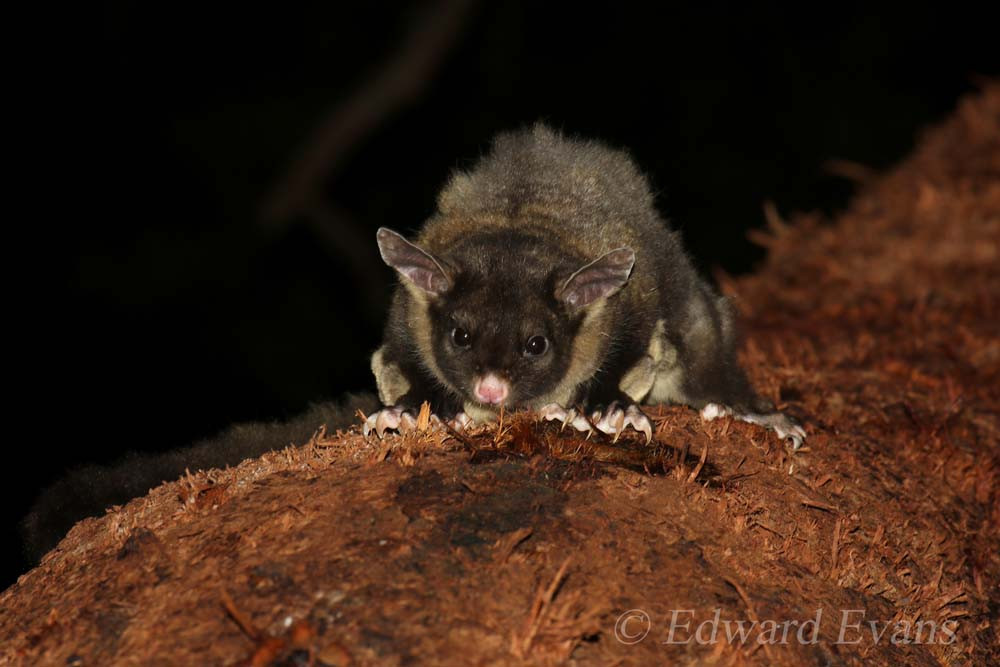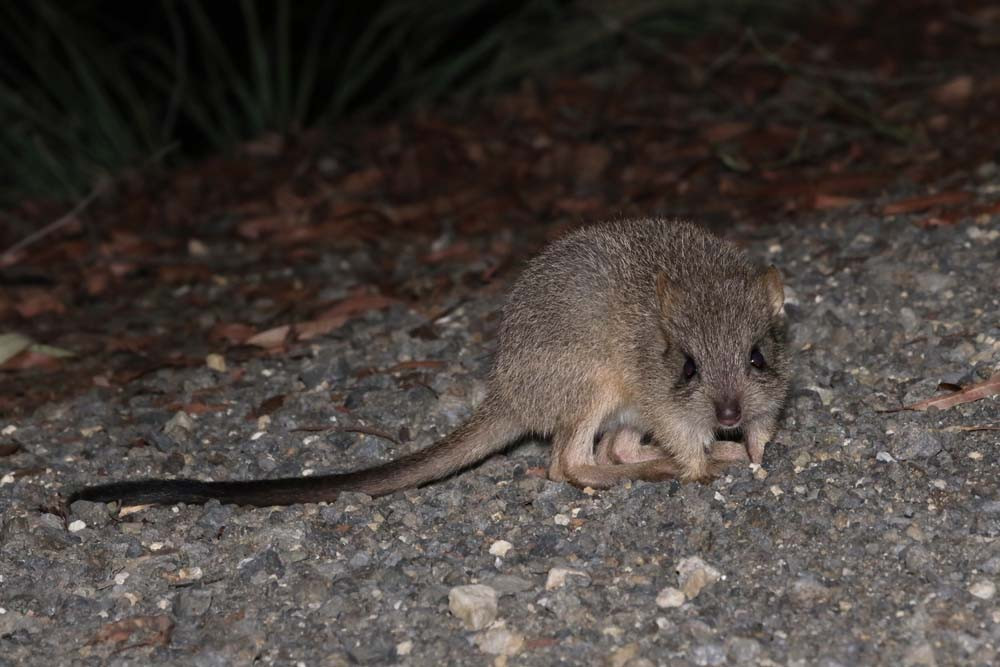On The Land
2 November, 2024
Projects to safeguard threatened species
SOME of the region’s most vulnerable species will get protection after Gulf Savannah NRM secured funding to support two projects aimed at combatting environmental threats to the northern bettong, northern quoll, yellow-bellied glider, and armoured mist frog across the Mareeba Shire.

The funding will support two projects that will use advanced technologies, including artificial intelligence (AI), to combat environmental threats at vital habitat sites across the shire.
Gulf Savannah NRM chief executive officer Zoe Williams said one of the projects specifically targeted the protection of the endangered northern quoll in the northern Einasleigh Uplands Bioregion.
“Northern quolls are fighting for their survival, with feral cat predation made worse by invasive weeds like gamba grass,” she said.
“These weeds fuel intense bushfires that can destroy den sites, diminish food sources, and strip away crucial cover, leaving northern quolls more exposed to predators.”
Project sites include the Mareeba Tropical Savanna and Wetland Reserve, Brooklyn Wildlife Sanctuary, and Kondaparinga Station.
“By joining forces with key partners, such as Traditional Custodians and land managers including Forever Wild, this project will aid northern quoll recovery through targeted actions like weed management, feral cat control, and strategic burns,” Ms Williams said.
The second project, in collaboration with Western Yalanji Aboriginal Corporation, Queensland Parks and Wildlife Service, and Australian Wildlife Conservancy, focuses on improving habitat condition for threatened species in the Eastern Forests of Far North Queensland — one of 20 priority places identified in the Federal Government’s Threatened Species Action Plan.
Environment team leader Marcus Mulholland said innovative technology would be used to reduce key threats at locations including Mount Lewis and Mount Spurgeon national parks.
“The Eastern Forests provide refuge for iconic species like the northern bettong, yellow-bellied glider and northern greater glider, but they are under constant threat from feral cats, and their habitat is being destroyed by feral pigs,” he said.
“By using AI-powered Felixer traps, thermal imaging, and remotely operated pig traps, this project aims to reduce these dangers and help restore critical habitats.”
The project will also tackle lantana infestations and promote the regrowth of native grasses, crucial to restoring the ecological balance of the region’s wet eucalypt forests.
The projects are funded by the Australian Government Natural Heritage Trust and the Saving Native Species program delivered by Gulf Savannah NRM, a member of the Commonwealth Regional Delivery Partners panel.



